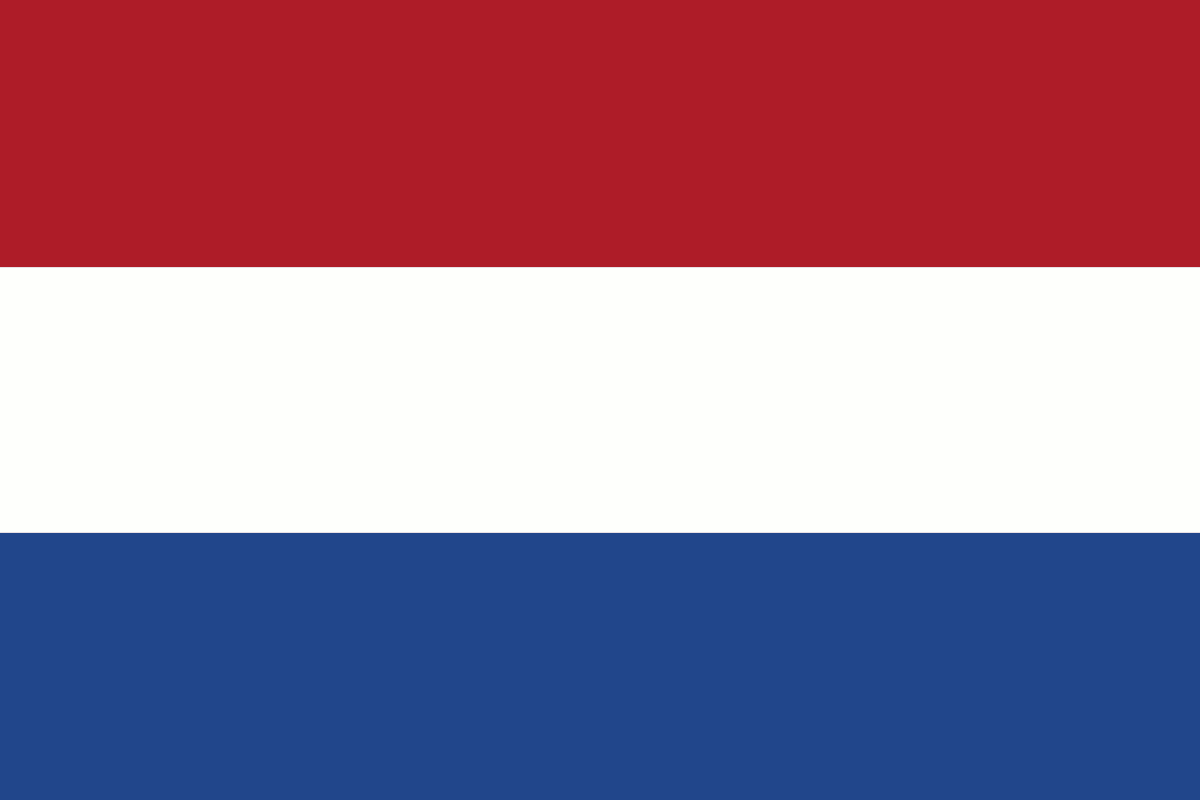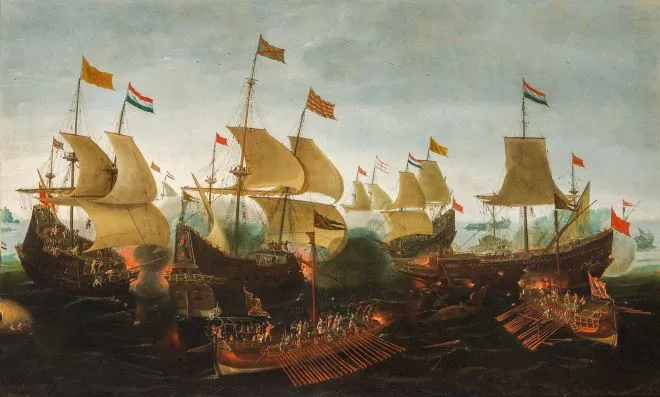ANDRIES VAN EERTVELT CALLED NAENTKENS
Andries van Eertvelt is generally seen as the first and one the most important Flemish marine painters of the seventeenth century.
Biography of Andries van Eertvelt
Andries van Eertvelt was born in Antwerp in 1590 – 1652 where he joined the Guild of St Luke as a master in 1609/10. On Nov. 28, 1615, the painter married Catharina de Vlieger, and the couple settled on St. John’s Vliet in the city’s historic port. Catherine dies in 1626.
He lived in Italy from 1628 to 1630, where he lodged with the painter and cultural attaché Cornelis de Wael in Genoa. In 1633 was the consummation of the marriage between Andries van Eertvelt and Elisabeth Boots took place. From an extramarital affair, Susanna April had previously given him two daughters.
Van Eertvelt’s successful career continued after his return to Antwerp, and by the end of his life he was extremely wealthy. On 23 June 1649 he rented a house on the ‘Oever’ for the considerable sum of 240 florins per year. Three years later, at the beginning of August, Van Eertvelt died at the age of 62.
Artistic Style and Influences
However, Andries van Eertvelt work reflects the enduring influence of Pieter Bruegel the Elder. Although nothing is known of his apprenticeship, he is thought to have been trained in the northern Netherlands. There is a discernible Dutch influence in Van Eertvelt’s work, which may have come from Hendrick Vroom (1566-1640), although Van Eertvelt need not necessarily have been Vroom’s pupil. He has the dramatic sense of the early work of Vroom, the ‘father’ of Dutch marine painting, particularly in his use of colours with a dominant green cast, which is the palette of the first generation of marine artists. Van Eertvelt also employs the same device of sea monsters in many of his paintings.
The Flemish attraction for painting om copper can be noticed but he was probably the only Flemish sea painter to use metal.
Notable Works
A battle between Spanish galleons and Dutch warships before a rugged coastline
Oil on copper 44 x 68.4 cm
Provenance: United Kingdom, Collection C. Turner, London; Germany, Collection Nell, Bonn; Acquired by the grandfather of the present owner in the 1920s.
Notable Works
The Battle in the strait between Calais and Dover on 3-4 October 1602, between the Spanish galleys of Federico Spinola and Dutch and English warships
Oil on canvas, 110 x 182 cm
Provenance: European private collection
the work of Andries van Eertvelt, with its busy, brightly coloured and dramatic style, was highly prized by his contemporaries.
The composition is formulated with extraordinary accuracy and attention to detail, with intersecting diagonals.


- A. A ship’s battle, probably Battle of Puerto de Cavite, June 12, 1647
- The embarkation of Spanish soldiers
A pair
Oil on canvas, 109 x 159.2 cm
Signed: ‘AV EERTVELT’ lower right on the stern (A) and lower right on scaffolding pole (B)
Provenance: Private collection, France; Possibly De Rop collection, Antwerp ca. 1690
Exhibitions and Collections
Schelte Adams Bolswert, portrait engraving Andries van Eertvelt (after Anthony van Dyck), 212 x 166 mm inv. no. 1186.
Related Products
It can be deduced from various sources that Andries van Eertvelt was held in high esteem. In 1632, after his return from Italy, Van Dyck honoured him with a portrait in which he is seated at his easel painting a ship in distress, which can be seen through the window.
HENDRICK CORNELISZ. VROOM
Shipping off the shore
Pen in brown, 17 x 28.5 cm
Provenance: European private collection
Further Reading and Resources
– A Catalogue of the Pictures at Canford Manor in the Possession of Lord Wimborne, 1888, p. 101, no. 252 (as Willem van de Velde the Elder);
– M.E. Houtzager (ed.), Centraal Museum, Utrecht. Catalogus der schilderijen, Utrecht 1952, p. 403, no. 1186 (as Dutch school, mid-17th century);
– P.C. Sutton, Dutch & Flemish Paintings, The Collection of Willem Baron van Dedem, London 2002, pp. 96–99, no. 16, ill. (as Andries van Eertvelt, called Neantkens).
-Hostyn, De zee en de kunst, Andries van Eertvelt, in: Neptunus XXIX, 196 (1982), pp. 5-8,
-Th. van Lerius, Biographies d’Artistes Anversois, Antwerpen-Gent 1881; Fayol, Joseph, Affairs in Filipinas, 1644-47, in: Emma Helen Blair and James Alexander Robertson, eds.,The Philippine Islands, 1493-1898, vol. XXXV, 1640–1649, Cleveland 1906.
-J. Brozius & S. Kattenburg, ‘Zeeslag om de Straat van Dover in oktober 1602, Door de ‘schilder van grote galeien en schepen, in: Vind, September 2020.
Conclusion
Van Eertvelt’s seascapes, which exerted a lasting influence on marine painting in the southern Netherlands, exemplify the general tendency of Flemish painting towards more overt theatricality and rhetoric, distinguishing it from the relative restraint and unidealized directness of most Dutch art.
Through this pillar page, we hope to have provided you with a comprehensive insight into the life, influences, and remarkable creations of this superb painter.







